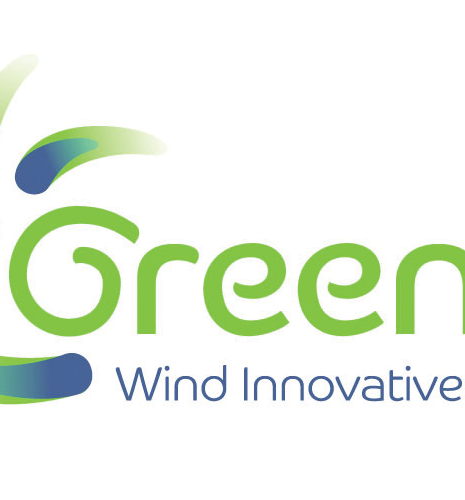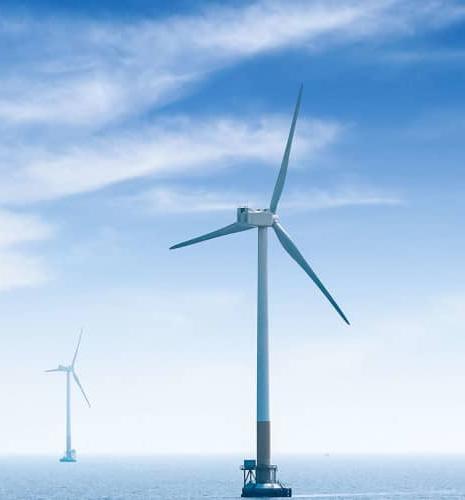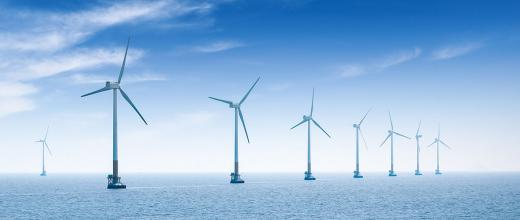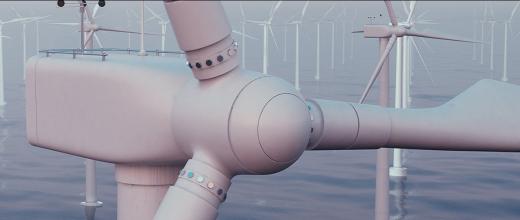
Issues and Foresight
Wind power: converting wind into electricity
Sailing boats, windmills, etc. Humans have made use of wind energy for centuries. Thanks to technological progress, today it is possible to produce “green” electricity without using fossil resources. We take a closer look at its development prospects and the remaining challenges to be overcome.
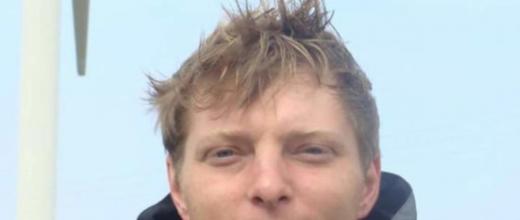
Individual page
Frederic BLONDEL
Research engineer
Frédéric graduated with a PhD diploma in Fluid Mechanics from Ecole Centrale de Lyon in 2014. Since then, he works as a research engineer at IFPEN. Frédéric’s reasearch focuses on both the
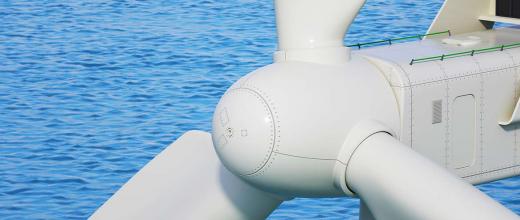
Innovation and Industry
Renewable energies
The energy transition and tackling climate change depend on the development of new renewable resources. IFPEN proposes processes for the production of fuels, bases for the chemicals sector and gas from biomass. IFPEN also uses its expertise acquired in the field of oil and gas to offer solutions for the

Innovation and Industry
Wind energy: Our strengths
wind energY Our strengths • More than 12 years’ experience in the field, with a team of around thirty FTE staff dedicated to wind energy, alongside 5 to 10 doctoral students and post-doctoral researchers. • Active in several segments of the value chain, with packages aimed at wind energy development

Innovation and Industry
Wind energy: Our solutions
IFPEN is contributing to the growth of the wind energy sector, from resource evaluation through to the development of efficient control systems. IFPEN is also contributing to the development of efficient wave energy technology that can be used by industry.

Innovation and Industry
Wind energy: Our networks
wind energY Our networks IFPEN’s wind energy research is conducted within the context of an excellence network including industrial and academic partners: the Ancre alliance, the International Energy Agency’s Technological Cooperation Program, IEA Wind, in which IFPEN represents France on the Executive Committee and coordinates a task dedicated to the

Innovation and Industry
Wind energy
wind energY OVERVIEW AND CHALLENGES The global development of wind energy is being driven by several factors: evolving technologies, a cost per kWh that is set to fall further, managed environmental impacts, the wider consultation of other users upstream of projects. There is significant potential in Europe to develop wind

News in brief
Optimizing the electric cable of a floating wind turbine
Floating wind turbine technologies, such as those co-developed by SBM and IFPEN a , are designed to optimize the recovery of offshore wind energy. Optimization solutions are currently being sought to

News in brief
Improvement of hydrodynamic models for floating wind turbines
The development of floating platforms for offshore wind turbines, to replace fixed foundations, paves the way for the harnessing of wind reserves in ultra-deep offshore zones. The potential is

News in brief
Semi-crystalline polymers: clays that are ignored?
In the energy sector, semi-crystalline polymers a are primarily used within structures located in aggressive environments, to form coatings (waterproofing, thermal or electric barriers). These




